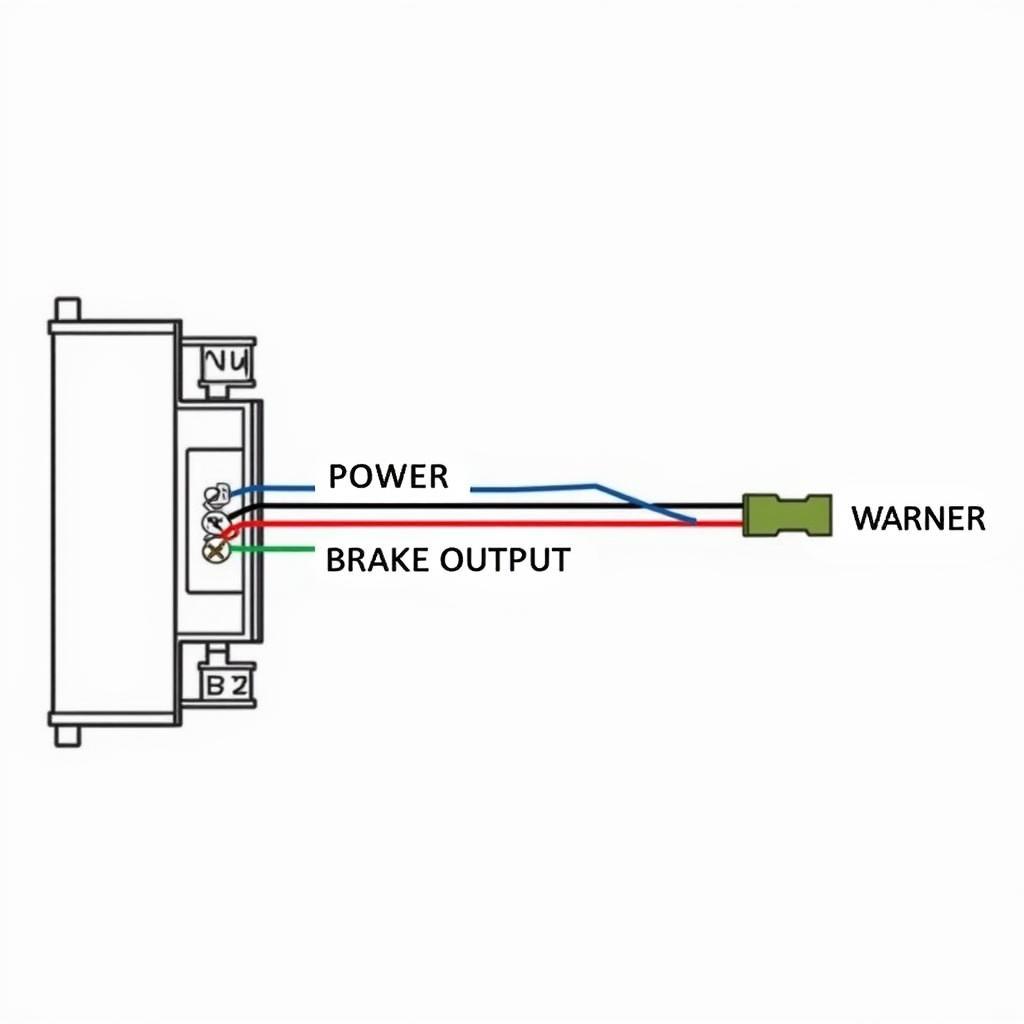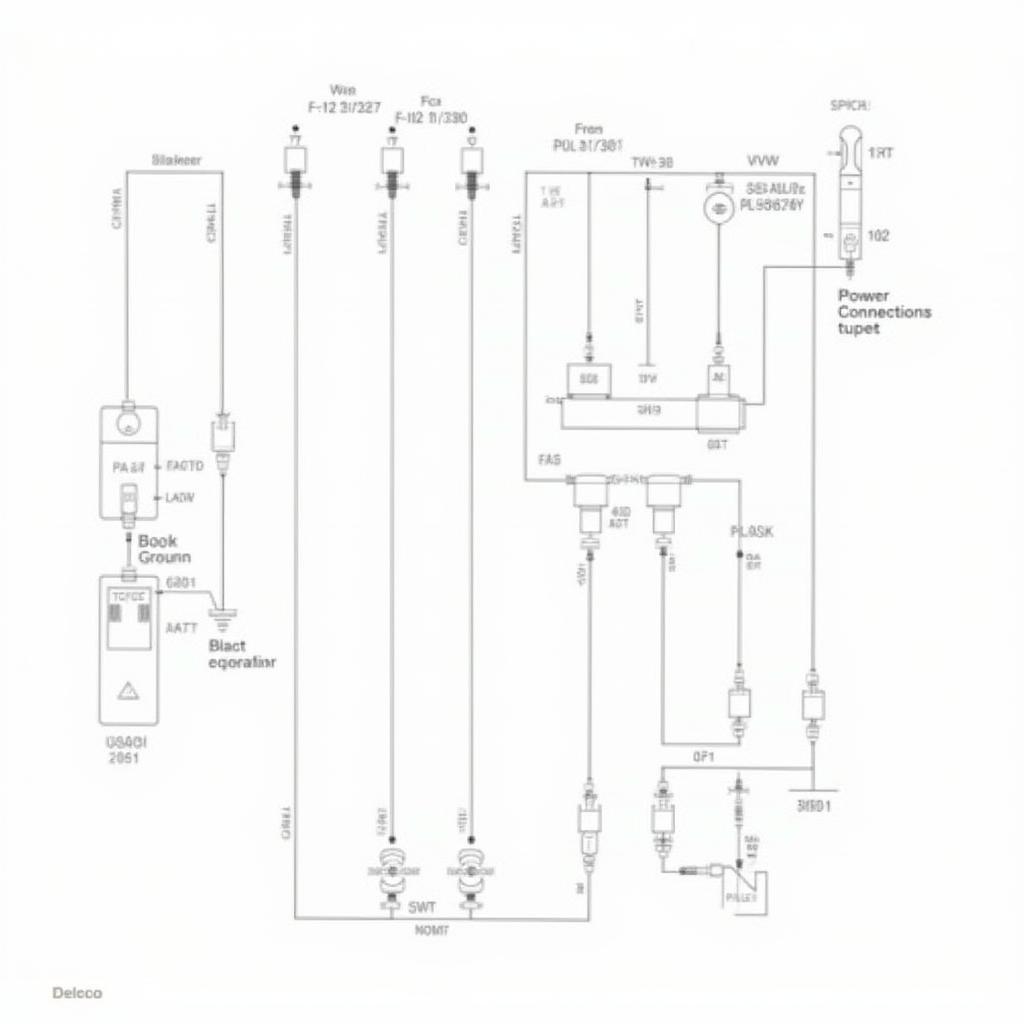The brake light warning on your dashboard illuminates when your vehicle’s electrical system detects an issue with the braking system. While it might seem straightforward, understanding the different nuances of this warning light can be crucial for maintaining your car’s safety and performance. This comprehensive guide delves into the various reasons behind a brake light warning, potential solutions, and essential preventive measures.
Common Causes of Brake Light Warnings
A glowing brake light warning can stem from various issues, ranging from simple fixes to complex mechanical failures. Here are some of the most common culprits:
-
Worn-out Brake Pads: One of the primary functions of the brake light warning is to signal worn brake pads. Most modern vehicles are equipped with sensors that trigger the light when the pads wear down to a certain level, indicating the need for replacement.
-
Low Brake Fluid: Brake fluid is the lifeblood of your vehicle’s braking system, transmitting force from the brake pedal to the wheels. If the fluid level drops too low, often due to a leak, the brake light warning will illuminate.
-
Faulty Brake Light Switch: The brake light switch, located near the brake pedal, activates the brake lights when you press the pedal. A malfunctioning switch can disrupt this process, causing the brake lights to stay on constantly or not illuminate at all, leading to a warning light.
-
ABS Issues: Modern vehicles feature Anti-lock Braking Systems (ABS) that prevent wheel lockup during hard braking. Issues with the ABS module, wheel speed sensors, or related wiring can trigger the brake light warning.
-
Other Electrical Problems: Faulty wiring, blown fuses, or a malfunctioning instrument cluster can also cause the brake light warning to appear, even if there’s no actual problem with the braking system.
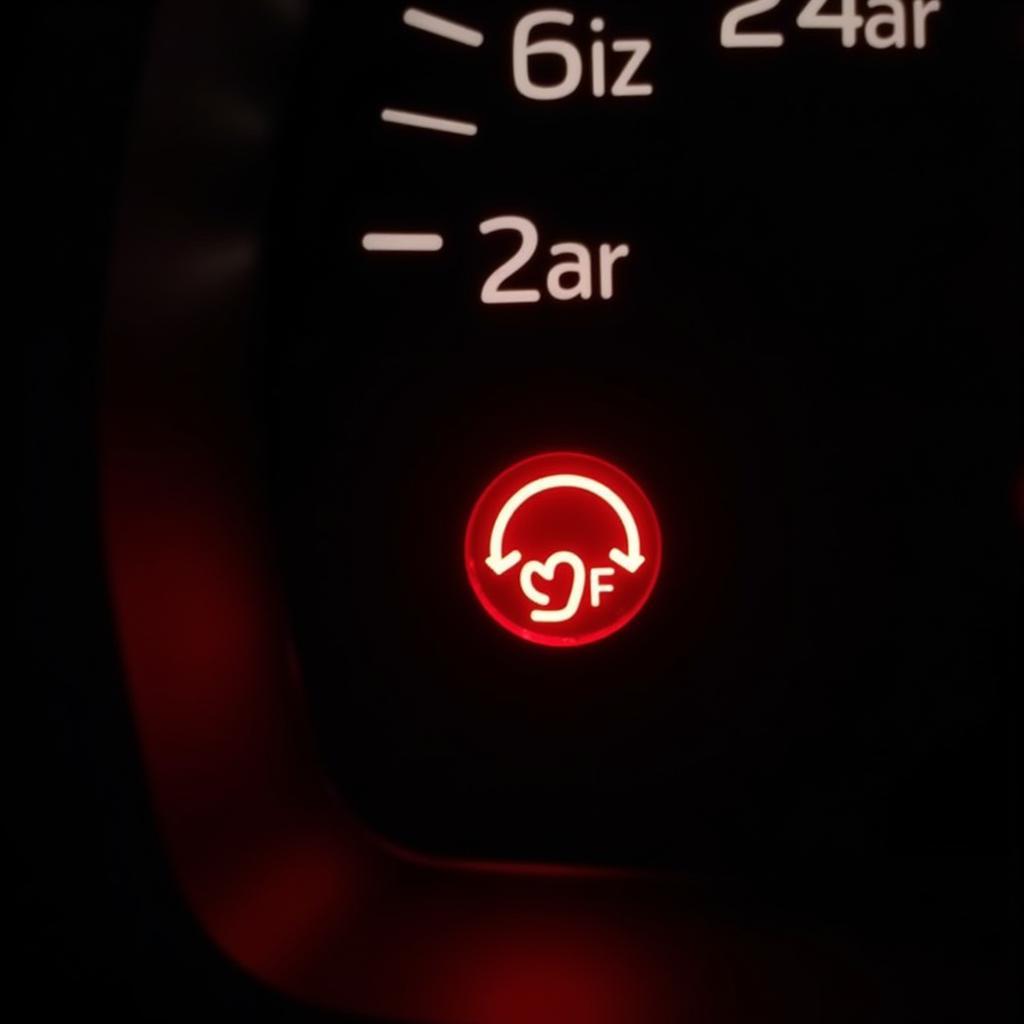 Brake Warning Light on Dashboard
Brake Warning Light on Dashboard
What to Do When Your Brake Light Warning Comes On
Ignoring a brake light warning can lead to dangerous driving conditions and potentially costly repairs. Here’s what to do when the light illuminates:
-
Assess the Situation: First, determine if the brake light is on constantly or only when you press the brake pedal. This can provide valuable clues about the underlying issue.
-
Check Brake Fluid: Safely park your vehicle and inspect the brake fluid level in the reservoir. If the fluid is low, it indicates a leak that needs immediate attention.
-
Inspect Brake Lights: Have someone press the brake pedal while you check if all brake lights are functioning correctly. If they aren’t, it could be a faulty brake light switch or bulbs.
-
Seek Professional Help: If you cannot pinpoint the problem or suspect a more serious issue, it’s best to seek professional help. Driving with a malfunctioning brake system can be extremely dangerous.
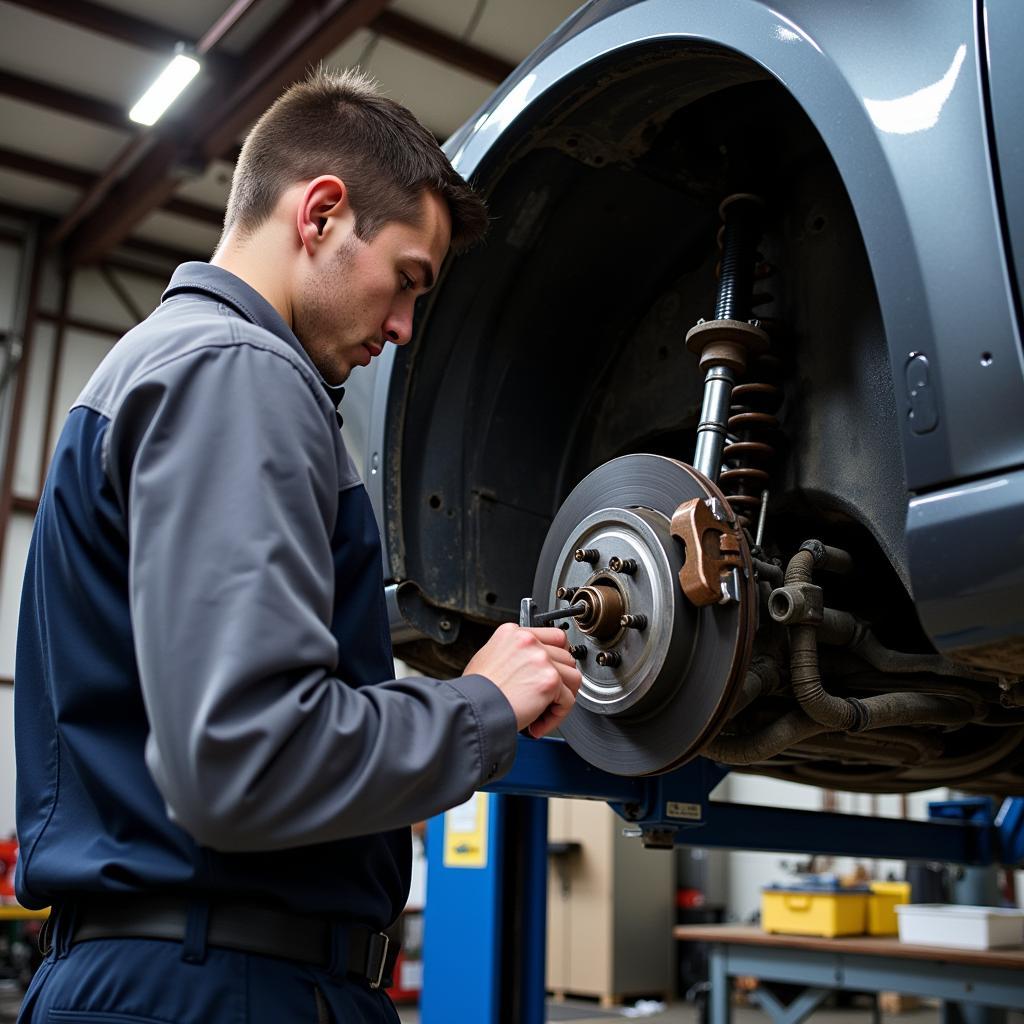 Mechanic Inspecting Vehicle Brake System
Mechanic Inspecting Vehicle Brake System
Remote Diagnostics and Software Solutions
In today’s technologically advanced world, remote diagnostics and software solutions are playing an increasingly crucial role in identifying and resolving vehicle issues, including those related to brake systems.
As a leading provider of remote automotive solutions, Car Diag Tech offers comprehensive diagnostic and programming services that can help pinpoint the root cause of your brake light warning. Our team of expert technicians can remotely access your vehicle’s onboard computer system, analyze error codes, and provide accurate diagnoses.
Moreover, we specialize in remote software installations and updates that can rectify software-related glitches affecting your brake system. Whether it’s a faulty ABS module or a malfunctioning sensor, our remote solutions provide a convenient, efficient, and cost-effective alternative to traditional repair methods.
Preventive Measures for a Healthy Brake System
Prevention is always better than cure when it comes to your vehicle’s brake system. Here are some essential preventive measures:
-
Regular Brake Inspections: Schedule routine brake inspections with a qualified mechanic, preferably every 12,000 miles or as recommended by your vehicle’s manufacturer.
-
Timely Brake Pad Replacements: Replace your brake pads as soon as they wear down to the recommended level. Don’t wait for the brake light warning to illuminate.
-
Maintain Brake Fluid Levels: Regularly check your brake fluid level and top it off as needed. Consider flushing and replacing the brake fluid every 2-3 years or as recommended by your vehicle’s manufacturer.
-
Drive Responsibly: Avoid harsh braking whenever possible. Sudden stops put unnecessary strain on your brake system, leading to premature wear and tear.
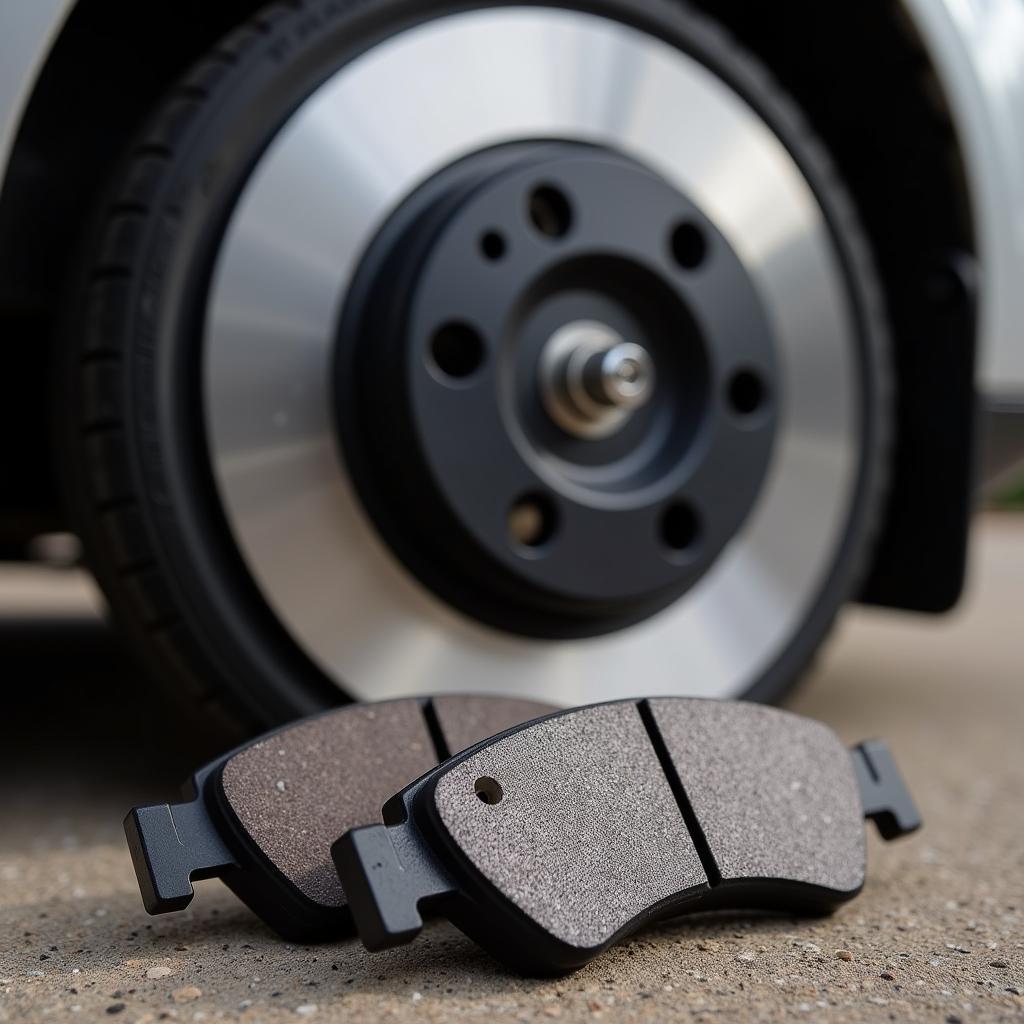 Car Brake Pads and Discs
Car Brake Pads and Discs
Conclusion
A glowing brake light warning should never be ignored. By understanding the common causes, knowing what to do when the light comes on, and adopting preventive measures, you can ensure a safe and enjoyable driving experience. If you’re ever unsure about the source of a brake light warning, it’s always best to consult with a qualified automotive technician for a thorough inspection and diagnosis. Remember, your safety on the road is paramount.


